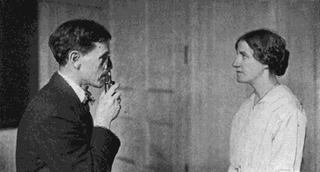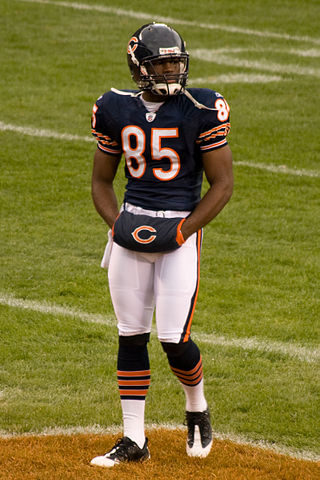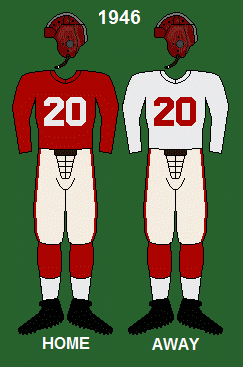A lubricant is a substance that helps to reduce friction between surfaces in mutual contact, which ultimately reduces the heat generated when the surfaces move. It may also have the function of transmitting forces, transporting foreign particles, or heating or cooling the surfaces. The property of reducing friction is known as lubricity.

Daylighting is the practice of placing windows, skylights, other openings, and reflective surfaces so that direct or indirect sunlight can provide effective internal lighting. Particular attention is given to daylighting while designing a building when the aim is to maximize visual comfort or to reduce energy use. Energy savings can be achieved from the reduced use of artificial (electric) lighting or from passive solar heating. Artificial lighting energy use can be reduced by simply installing fewer electric lights where daylight is present or by automatically dimming or switching off electric lights in response to the presence of daylight – a process known as daylight harvesting.

Sunglasses or sun glasses are a form of protective eyewear designed primarily to prevent bright sunlight and high-energy visible light from damaging or discomforting the eyes. They can sometimes also function as a visual aid, as variously termed spectacles or glasses exist, featuring lenses that are colored, polarized or darkened. In the early 20th century, they were also known as sun cheaters.

A motorcycle helmet is a type of helmet used by motorcycle riders. Motorcycle helmets contribute to motorcycle safety by protecting the rider's head in the event of an impact. They reduce the risk of head injury by 69% and the risk of death by 42%. Their use is required by law in many countries.
Photokeratitis or ultraviolet keratitis is a painful eye condition caused by exposure of insufficiently protected eyes to the ultraviolet (UV) rays from either natural or artificial sources. Photokeratitis is akin to a sunburn of the cornea and conjunctiva.

Petroleum jelly, petrolatum, white petrolatum, soft paraffin, or multi-hydrocarbon, CAS number 8009-03-8, is a semi-solid mixture of hydrocarbons, originally promoted as a topical ointment for its healing properties. Vaseline has been an American brand of petroleum jelly since 1870.

The Bates method is an ineffective and potentially dangerous alternative therapy aimed at improving eyesight. Eye-care physician William Horatio Bates (1860–1931) held the erroneous belief that the extraocular muscles effected changes in focus and that "mental strain" caused abnormal action of these muscles; hence he believed that relieving such "strain" would cure defective vision. In 1952, optometry professor Elwin Marg wrote of Bates, "Most of his claims and almost all of his theories have been considered false by practically all visual scientists."

A hockey helmet is worn by players of ice hockey, inline hockey, and bandy to help protect the head from potential injury when hit by the puck, sticks, skates, boards, other players, or the ice. The shell of a hockey helmet is generally made of a substance called vinyl nitrile that disperses force from the point of contact, while the liner may be made of either vinyl nitrile foam, expanded polypropylene foam, or other material to absorb the energy, to reduce the chances of concussion. Hockey helmets grip the head from inside by cupping the back of head, or the occipital protuberance. Helmet manufacturers will have a chart that relates their helmet sizes to head measurements. On older models, the helmet size is adjusted by loosening the screws on the side to slide the front portion forward or back.

Goggles, or safety glasses, are forms of protective eyewear that usually enclose or protect the area surrounding the eye in order to prevent particulates, water or chemicals from striking the eyes. They are used in chemistry laboratories and in woodworking. They are often used in snow sports as well, and in swimming. Goggles are often worn when using power tools such as drills or chainsaws to prevent flying particles from damaging the eyes. Many types of goggles are available as prescription goggles for those with vision problems.

Eye protection is protective gear for the eyes, and sometimes face, designed to reduce the risk of injury. Examples of risks requiring eye protection can include: impact from particles or debris, light or radiation, wind blast, heat, sea spray or impact from some type of ball or puck used in sports.

A tan line is a visually clear division on the human skin between an area of pronounced comparative paleness relative to other areas that have been suntanned by exposure to ultraviolet (UV) radiation or by sunless tanning. The source of the radiation may be the sun or artificial UV sources such as tanning lamps. Tan lines are usually an unintentional result of a work environment or recreational activities, but are sometimes intentional. Many people regard visible tan lines as unsightly and seek to avoid tan lines that will be visible when regular clothes are worn.
Grease is a solid or semisolid lubricant formed as a dispersion of thickening agents in a liquid lubricant. Grease generally consists of a soap emulsified with mineral or vegetable oil.
A football helmet is a type of protective headgear used mainly in gridiron football, although a structural variation has occasional use in Australian rules football. It consists of a hard plastic shell with thick padding on the inside, a face mask made of one or more plastic-coated metal bars, and a chinstrap. Each position has a different type of face mask to balance protection and visibility, and some players add polycarbonate visors to their helmets, which are used to protect their eyes from glare and impacts. Helmets are a requirement at all levels of organized football, except for non-tackle variations such as flag football. Although they are protective, players can and do still suffer head injuries such as concussions.

The Chicago Bears of the National Football League (NFL) sport a bear head logo, which the team has used as their primary since 2023. Since the team's inception in 1920, the Bears' uniforms have received very little changes, with minor changes and various patches added. The classic look of the club's uniforms has given it the title of one of the best uniform sets in the league. During its history, the Bears have worn uniforms manufactured by Nike, Reebok, and Champion.

An eyeshield is a piece of football equipment that is also referred to as a visor that was created in the 1980s. In the mid 1990s as an effort to prevent brain and head injuries, headgear became mandatory in the game of football. The eyeshield was created to protect the eyes of football players during games and practices. It is a curved piece of plastic that attaches to the front of a football helmet. Safety equipment such as the facemask, eyeshields, and other face shields have been adopted over time to prevent player injury. The eyeshield leaves the mouth exposed, but covers the eyes and nose. The piece of equipment is made from various materials and by many different brands. Only clear eyeshields are permitted for use in high school football games because eyes are needed to be seen while checking for a concussion. For college level players, the eyeshield may be tinted for players with eye problems.

A baseball uniform is a type of uniform worn by baseball players, coaches and managers.
The Pittsburgh Steelers of the National Football League were founded in 1933. Over the course of the team's history, the team has had several logos while wearing virtually the same uniforms over the years, with subtle changes made to give the uniforms an updated look. The team colors, uniforms, and logo are often ranked as being among the best in the NFL.

The logo and uniforms of the San Francisco 49ers have evolved since their inception in 1946.
North light is sunlight coming through a north-facing window. Because it does not come directly from the sun, it remains at a consistent angle and colour throughout the day and does not create sharp shadows. It is also cooler than direct sunlight due to the way the Earth's atmosphere scatters light via Rayleigh scattering.

Baseball personnel have cheated by deliberately violating or circumventing the game's rules to gain an unfair advantage against an opponent. Examples of cheating include doctoring the ball, doctoring bats, electronic sign stealing, and the use of performance-enhancing substances. Other actions, such as fielders attempting to mislead baserunners about the location of the ball, are considered gamesmanship and are not in violation of the rules.
















